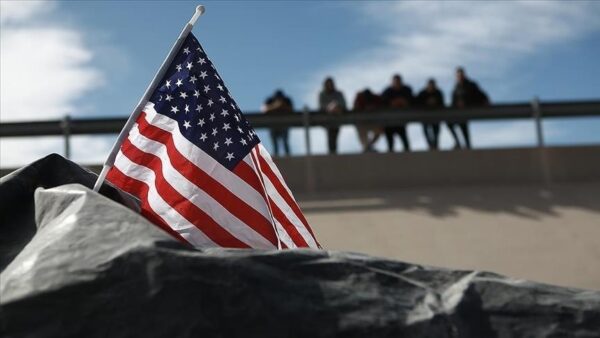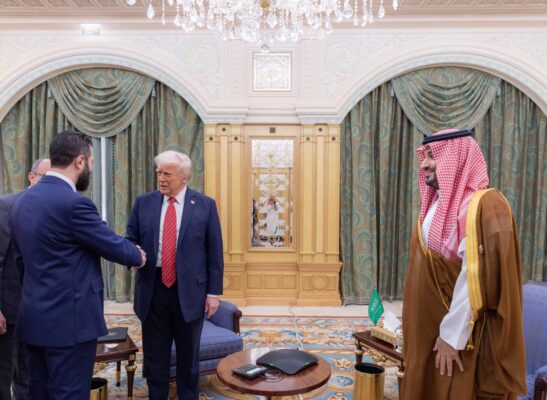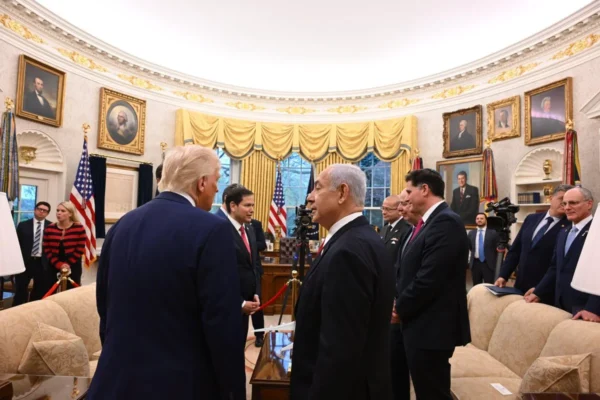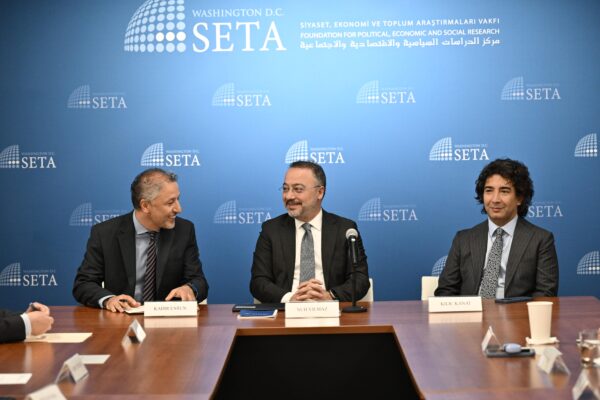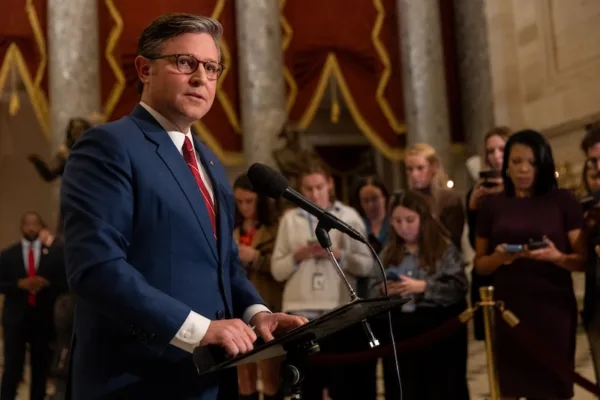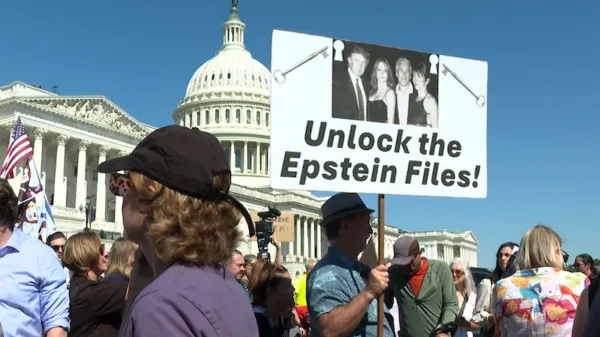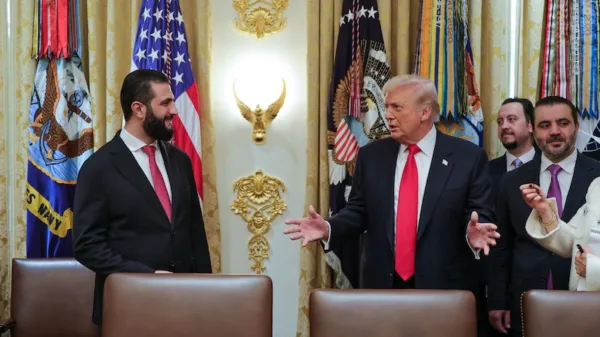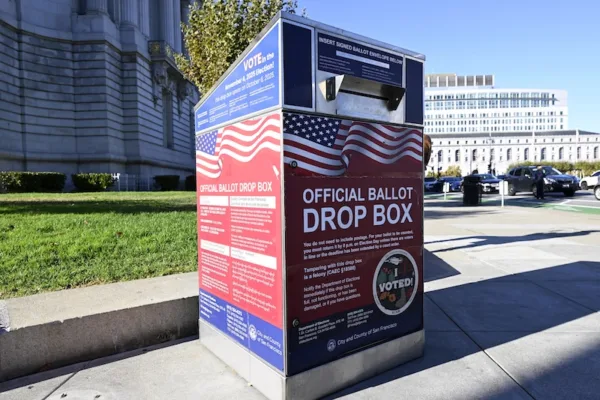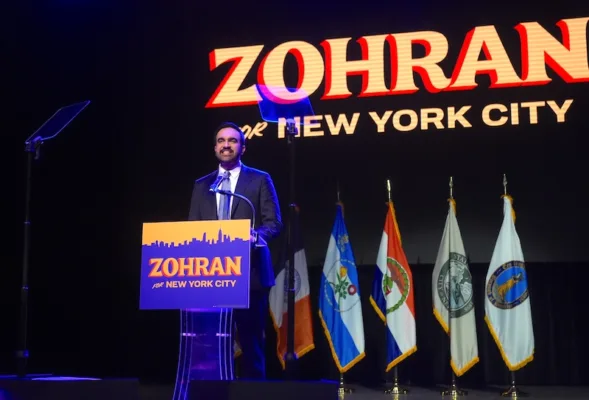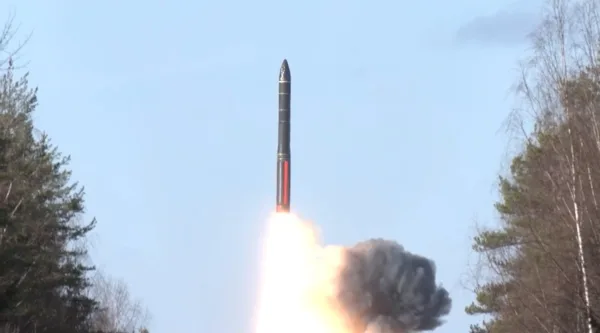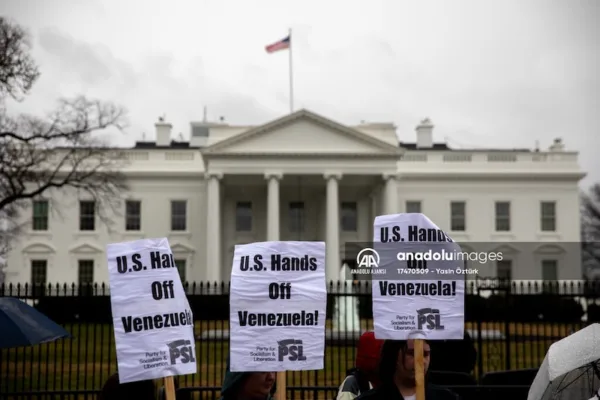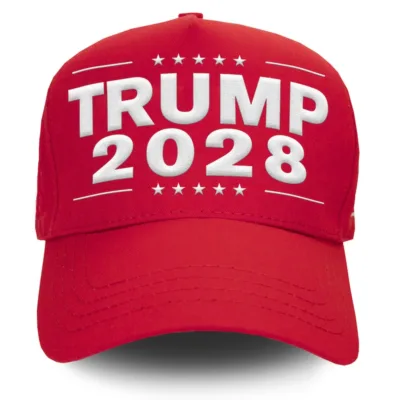Elections and the day after for US
There are only 10 days until the end of one of the most consequential presidential election campaigns in the recent history of the United States. Especially after the candidacy of Donald Trump for the Republican Party, the election became way more “interesting,” as he started a new type of campaign against the other Republican candidates in the primaries. In particular, the race between almost 16 candidates for the presidency among the Republicans left an important scar for the future of the Republican Party. After the 2008 and 2012 elections, Republican Party strategists asserted that there was a serious dilemma for candidates. To win primaries, candidates must appeal to the far right, which has far more voter mobilization than other segments of the party. However, to win a general election, candidates must appeal to moderates and independents. In the last few elections, in Republican Party primaries candidates expressed increasingly controversial statements. This election was no exception. The controversial statements did not just scar the Republican Party and its image in the country, but also harmed the image of the U.S. abroad. After the national conventions of the two main political parties, the optimistic expectation was that the discourse of the campaigns and the attitudes of the candidates might change. However, in particular, the Republican candidate continued the same attitude, impacting the Hillary Clinton campaign as well.For the last three months, we have observed one of the shallowest debates with regard to foreign policy. Most of the time, the candidates accused each other of issues not directly related to the significant issues of the country. Today, it is really hard for analysts to study the candidates and their promises concerning foreign policy. Clinton’s policy change on TPP due to public pressure and Trump’s evolving discourse concerning Syria policy generated great confusion about the future orientation of U.S. foreign policy. Statements by the candidates also hurt U.S. allies. On Nov. 8, American voters will decide the future of their country. However, the international community is warily watching the “day after.”
On the day after the election, it is not clear what kind of country we will see. The election process divided the country, as it has never seen before, with serious debates in society about the direction of the country. Already existing political polarization deepened with the emergence of further social divisions. The campaign process will probably be remembered as one of the most divisive periods in U.S. history. It is not clear how these divisions will be healed and how trust will be restored in different segments of society.
In addition, there will definitely be serious debate about politics in the U.S., such as serious discussions about the future of the Republican Party. Who will be the real representative of the party and how will different factions in the party resolve deep differences on several important issues, such as foreign policy? Of course, similar debates have taken place before in various political parties, but considering the transition of the international system, this debate may have serious political repercussions as well.
Finally, there will also be global repercussions after the election. Regardless of who is elected, the world will try to understand the foreign policy priorities of the new president. It is hard to understand how politics will differ from policies and how prepared the candidates are for dealing with significant challenges. So now, the world is waiting to see the “day after,” and what kind of country America will be in this period.
This article was first published in Daily Sabah on October 29, 2016.

